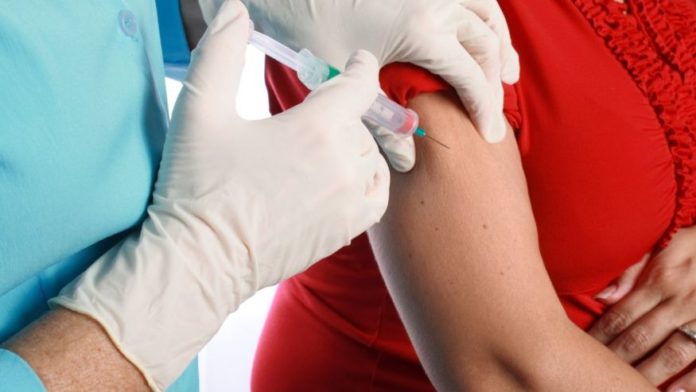Have you ever thought about how one injection triggers an immune system that defends our body from infections, viral attacks?
Well, the answer lies in the way antiviral signals spread through the body within hours of a vaccination, seeding immune cells in various tissues.
Nicolas Chevrier, a former Bauer Fellow at the Harvard FAS Center explained, “Immune cells are in every organ of the body in the lungs, the heart, the skin making it incredibly challenging to study how the immune system can operate across the entire organism. Current studies are siloed. For example, people only looked at the lungs or only looked at the blood.”
Scientists studied a pair of Vaccinia viruses, one a pathogenic version of the disease and the other an inactive strain deployed for formulating vaccines.
For further testing, scientists triggered and compared various types of immune responses from vaccination, infection and protective one individually. They immunized mice and studied their immune response. They later exposed the same mice to the pathogenic version of the virus to study how it triggered their immune defenses.
Chevrier said, “Using this comparative approach allowed us to ask: When you immunize at the skin, does the response stay localized, or does it become systemic? And if so, how far and how fast does it spread? These are fundamental questions about the inner working of the immune system at a scale that we didn’t have any way to look at.”
“We were very excited to see that our approach worked. We could observe and track immune processes at the whole-body scale for the first time. Based on these findings, we uncovered two new mechanisms of immune protection critical for the host.”
“First, we found that within hours of being vaccinated, a whole-body antiviral is created — as if the body’s defenses were anticipating its virus opponent’s next moves to win the battle.”
They later involved a molecule called interferon at the point of immunization. Many believed that the molecule has merely a local response to an immune trigger. But it has an important role activating antiviral genes across many tissues, helping them fight off infection.
He said, “It seems to be more restrained to where the virus goes. In our tests, the infection came in through the lungs and very quickly progressed to the liver and the spleen. But the immune defenses set by vaccination stopped the virus right there, and very efficiently. We found that memory cells are instructed to reside in those tissues and are set up to counter a potential reinfection.”
That finding contradicts accepted wisdom, which had been that those cells could most effectively fight infection by circulating through the body. In recent years, however, evidence has emerged suggesting that the resident cells might be more potent and widespread than first thought.
Chevrier said, “They were seen as local protectors. People thought that when you got immunized at the skin, for example, those cells would reside in the skin, but what we’ve found is that they’re seeded much more broadly across the body to serve as systemic protectors. So as soon as the virus arrives in the liver or the spleen, those cells are ideally placed to fight off the infection as it unfolds.”
“Our study is a proof of principle that the immune system can be observed and studied at the whole-body scale in mammals — as opposed to one or few tissues at a time. That being said, much effort is now needed to test this idea in other immune processes linked to health and disease.”
